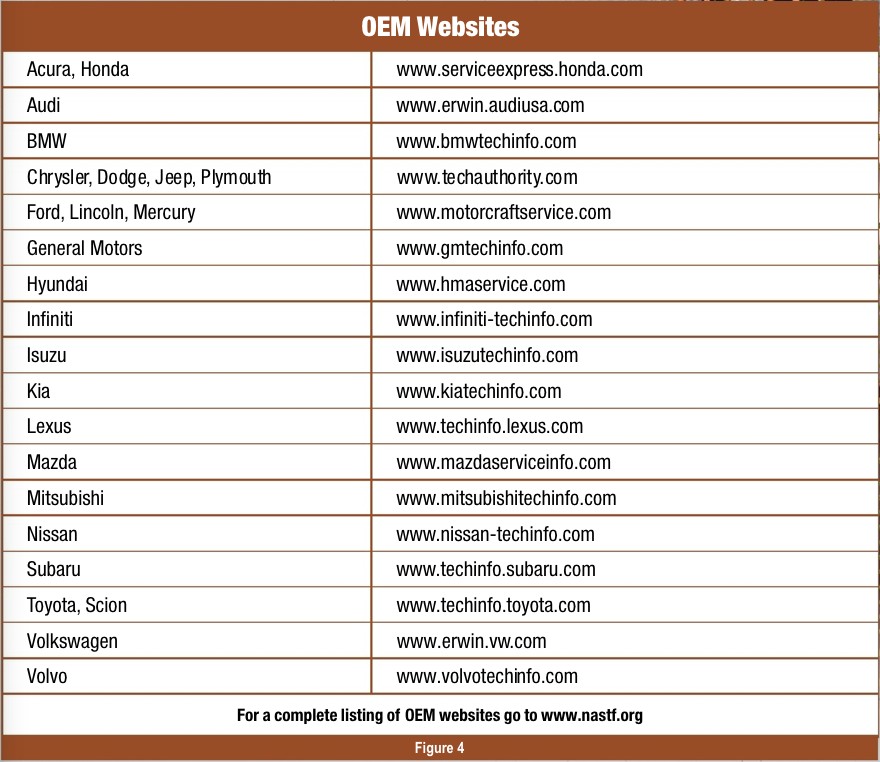Pass Thru Programming has become increasingly crucial in modern automotive repair. No longer just an electronic gizmo for engine control, computers now significantly impact transmission functionality. This article provides a comprehensive guide to understanding and utilizing J2534 pass thru programming, empowering technicians to perform complex vehicle repairs.
Understanding J2534 and Pass Thru Programming
J2534, a standard developed by the Society of Automotive Engineers (SAE), defines the guidelines for vehicle programming, data acquisition, and communication protocols. This standard allows aftermarket technicians to access and program vehicle computers (ECMs, TCMs, PCMs) using a pass thru device, eliminating the reliance on expensive OEM tools and dealership programming. J2534 mandates that manufacturers provide programming packages to the aftermarket, fostering a competitive landscape for pass thru device manufacturers. This accessibility enables independent shops to offer comprehensive diagnostic and repair services.
Essential Equipment for Pass Thru Programming
Successful pass thru programming requires specific hardware and software:
- Computer: A laptop running Windows 7 (avoid Windows 10 due to potential compatibility issues with OEM software) dedicated solely to programming is recommended. Background programs should be minimized to avoid interference.
- J2534 Pass Thru Device: Research different devices, focusing on reputable brands with robust product support and updated firmware. Price and functionality can vary significantly. Check the vehicle manufacturer’s website for a list of compatible devices.
- Battery Maintainer: Crucially, a battery maintainer (not a charger) is essential to maintain stable voltage during programming, preventing errors and potential computer damage. Voltage fluctuations during the process can corrupt the programming or even brick the control module.
- Quality Cables: Use high-quality cables (under 16 feet) for connecting the computer to the pass thru device and the device to the vehicle’s OBD-II port. Damaged or poorly constructed cables can compromise signal integrity. Keep the programming area free from high-current equipment and electric motors to minimize electromagnetic interference.
- Internet Connection: A stable internet connection is required for downloading OEM software updates and accessing manufacturer websites.
Figure 1: A basic laptop is sufficient for pass thru programming.
The Pass Thru Programming Process
The programming process involves several key steps:
- Verify Reprogramming Necessity: Consult the OEM website or utilize the pass thru device software’s toolbox to determine if a software update is available for the specific vehicle. OEMs often provide this information for free, but it may require careful navigation of their websites.
Figure 4: Accessing OEM websites for software updates and bulletins.
- Purchase Subscription: If an update is available, purchase a subscription to download the factory program.
Figure 5: Connecting the pass thru device to the vehicle’s OBD-II port.
-
Connect Hardware: Connect the computer to the pass thru device, the device to the vehicle’s OBD-II port, and the battery maintainer to the vehicle battery. Ensure the computer is fully charged or plugged into an AC power source.
-
Initiate Programming: Follow the OEM’s instructions precisely. Do not interrupt the process by cycling the ignition or disconnecting any equipment.
-
Confirmation: Upon successful completion, the computer will display a confirmation message. If issues arise, consult the pass thru device manufacturer’s support resources or troubleshoot voltage stability problems. Never turn off the ignition during programming as this can damage the vehicle’s computer.
Figure 2: Updating the pass thru device’s firmware is crucial for compatibility.
Figure 3: A battery maintainer ensures stable voltage during programming.
Conclusion
Pass thru programming with a J2534 device empowers automotive repair professionals to diagnose and repair complex vehicle issues. By understanding the J2534 standard, investing in the necessary equipment, and adhering to proper procedures, technicians can confidently perform programming tasks, reducing reliance on dealerships and expanding their service capabilities. While the J2534 standard provides extensive access, some manufacturers may not be fully compliant, requiring the use of OEM tools in certain situations. As vehicle technology continues to evolve, embracing pass thru programming is essential for staying at the forefront of automotive repair.

